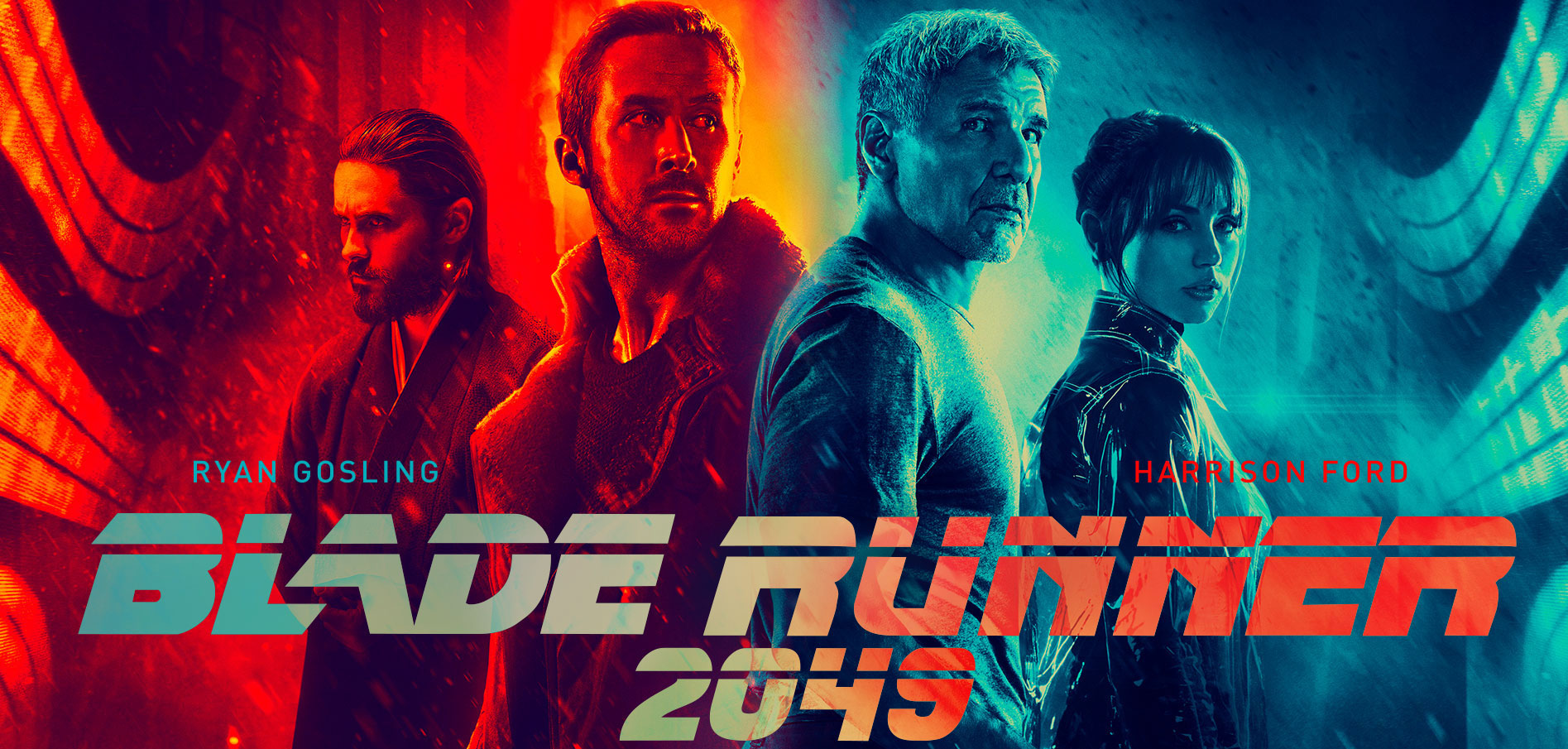By Jeremiah Webster and Zach Boyd
Lamenting modern cinema is easy. Optimus Prime never really dies. Second rate superheroes, revived against their will, become a name. CGI bristles, indulges in the excess of “because we can, that’s why.” Nothing explodes like it used to. Into this digital wasteland comes a film with a smarter, more philosophical brand of dystopia on its mind. Blade Runner 2049, directed by Denis Villeneuve, is a sequel to Ridley Scott’s cyberpunk vision of Replicants and off-world colonies, serial-numbered fish scales and implanted memories. It has all the trappings of a Hollywood sequel: a big budget, a blockbuster cast, and more CGI than you can shake a motion-tracked stick at.
Login to read more
Sign in or create a free account to access Subscriber-only content.
Topics:
